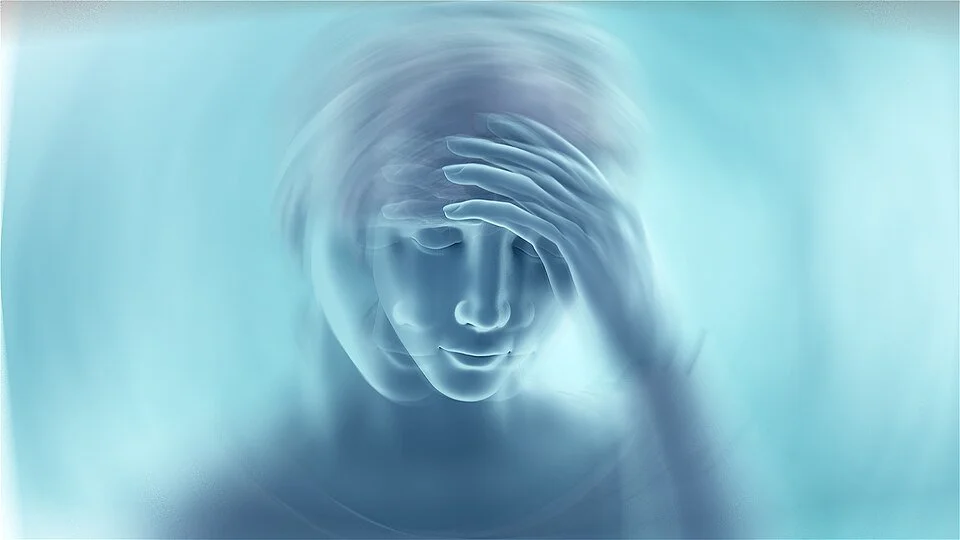Vestibular Rehabilitation
Vestibular disorders can lead to imbalance, dizziness, nausea, and vertigo. We treat conditions such as:
Benign Paroxysmal Positional Vertigo (BPPV)
Vestibular hypofunction
Post-concussion symptoms
Multi-sensory balance dysfunction
Visual-vestibular mismatch and gaze stability issues
Vestibular Testing
The Dix-Hallpike test is a movement-based assessment used to determine if there is an issue with the inner ear, specifically the position of tiny crystals called otoliths. Displacement of these otoliths into the semicircular canals causes Benign Paroxysmal Positional Vertigo (BPPV), a condition characterized by brief episodes of vertigo triggered by head movements. During the Dix-Hallpike test, we move the patient’s head and body to provoke symptoms and observe eye movements to confirm the diagnosis of BPPV.
Vestibular Treatment
For BPPV, the Epley maneuver is a repositioning technique designed to guide the displaced otoliths back to their correct location in the inner ear, often resulting in significant symptom improvement the same day.
Habituation exercises involve repeated exposure to specific movements or positions that provoke dizziness, which helps the brain gradually reduce its sensitivity and improve balance over time. These exercises are customized based on your symptoms and progress.

